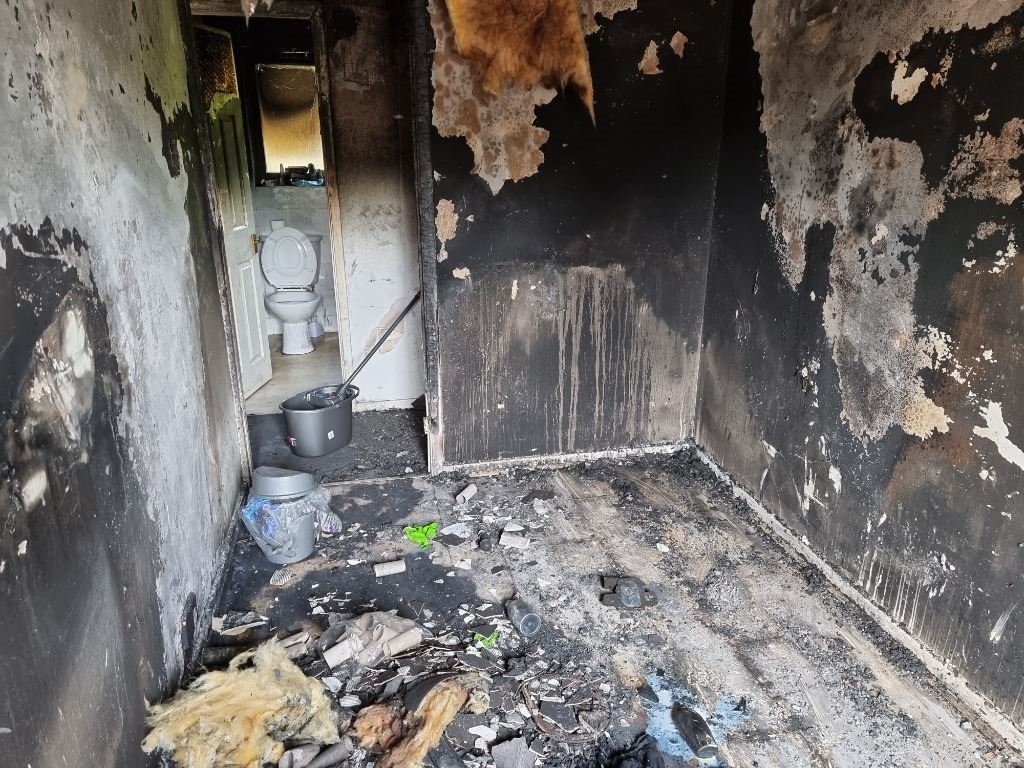Fire Damage, Smoke & Soot Removal
When fire breaks out, the emergency services direct all measures at rescuing occupants and quelling flames and smoke. Fast, specialist care is then needed to get a property restored to its former glory after such an event.
DisasterCare Platinum’s professional team deliver exceptional restoration work, reclaiming the property – including its distinctive features – whilst meeting the individual needs of the owner. Often following a fire water damage is also apparent after the Fire Brigade have dampened the flames.
Whatever the scale of the disaster, DisasterCare has the experience, technical capability and resources to return your home and it’s contents back to pre-incident condition.
Health Effects of Soot & Smoke
The combustion of most commonly used materials, ranging from natural sources such as wood, to synthetic plastics and polymers will result in the generation of irritant gases. Dependent on the materials burnt, soot residue may cause irritation, either as sensory irritants affecting the eyes and upper respiratory tract (nose, mouth and throat), or as pulmonary irritants (affecting the lungs), although in many cases sensory and pulmonary irritation may be present simultaneously.
As the process of cleaning up soot residue involves removal and moving of soot particles, which may aerosolise them, it is especially important that soot removal projects are undertaken in a controlled manner and under best practice protocols.

The Smoke Removal Project
Because of the unique circumstances of each smoke remediation project, we follow the highest International standards of care to ensure our remediation protocols and procedures are of the highest quality. There are five general principles used in our remediation process:
- Provide for the health and safety of workers and occupants
- Document the conditions and work processes
- Site engineering controls to prevent the spread of soot particles during works
- Soot residue removal
- Confirmation testing of material cleanliness
All these steps are supported by rigorous testing protocols and executed by professional, trained and competent staff.









